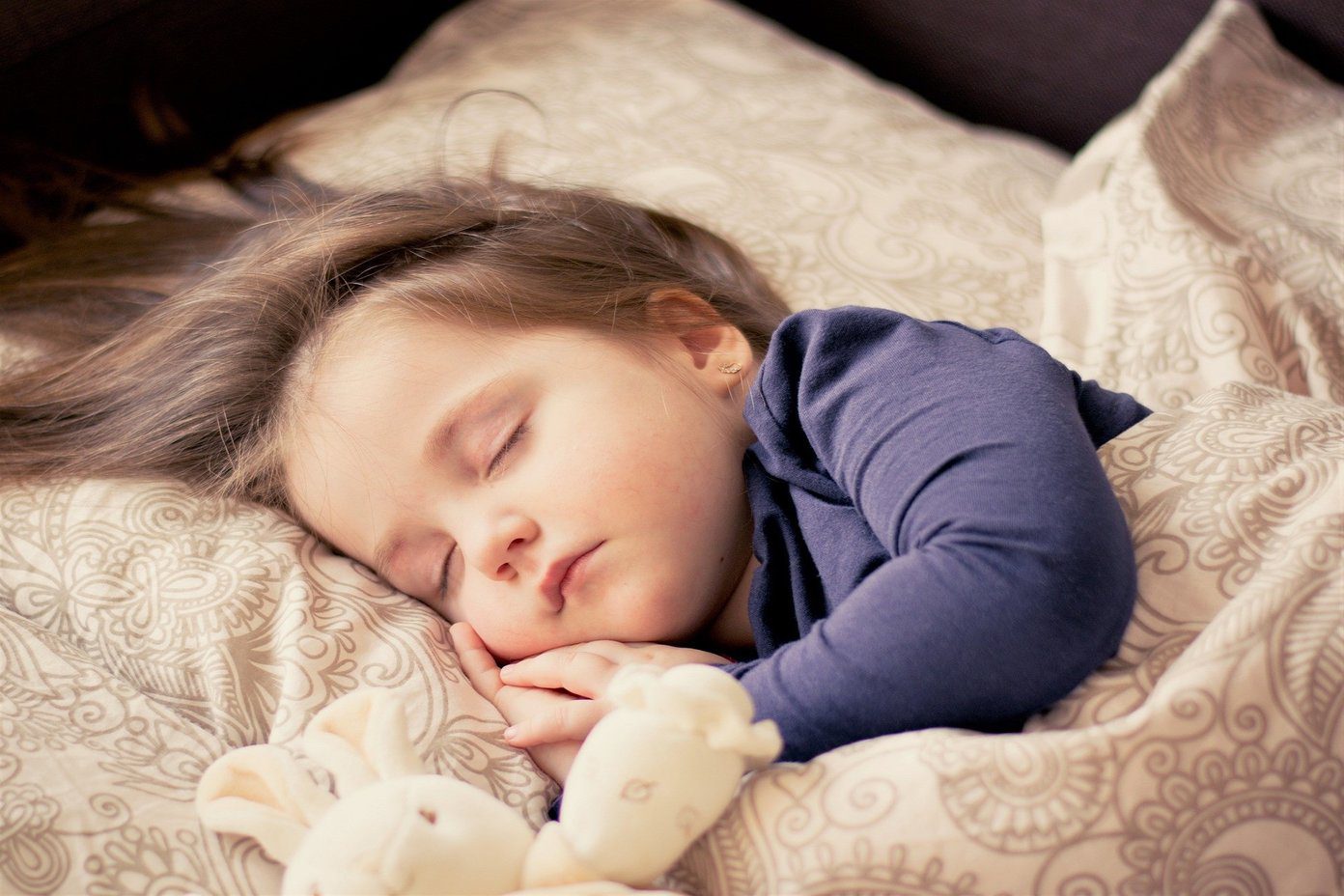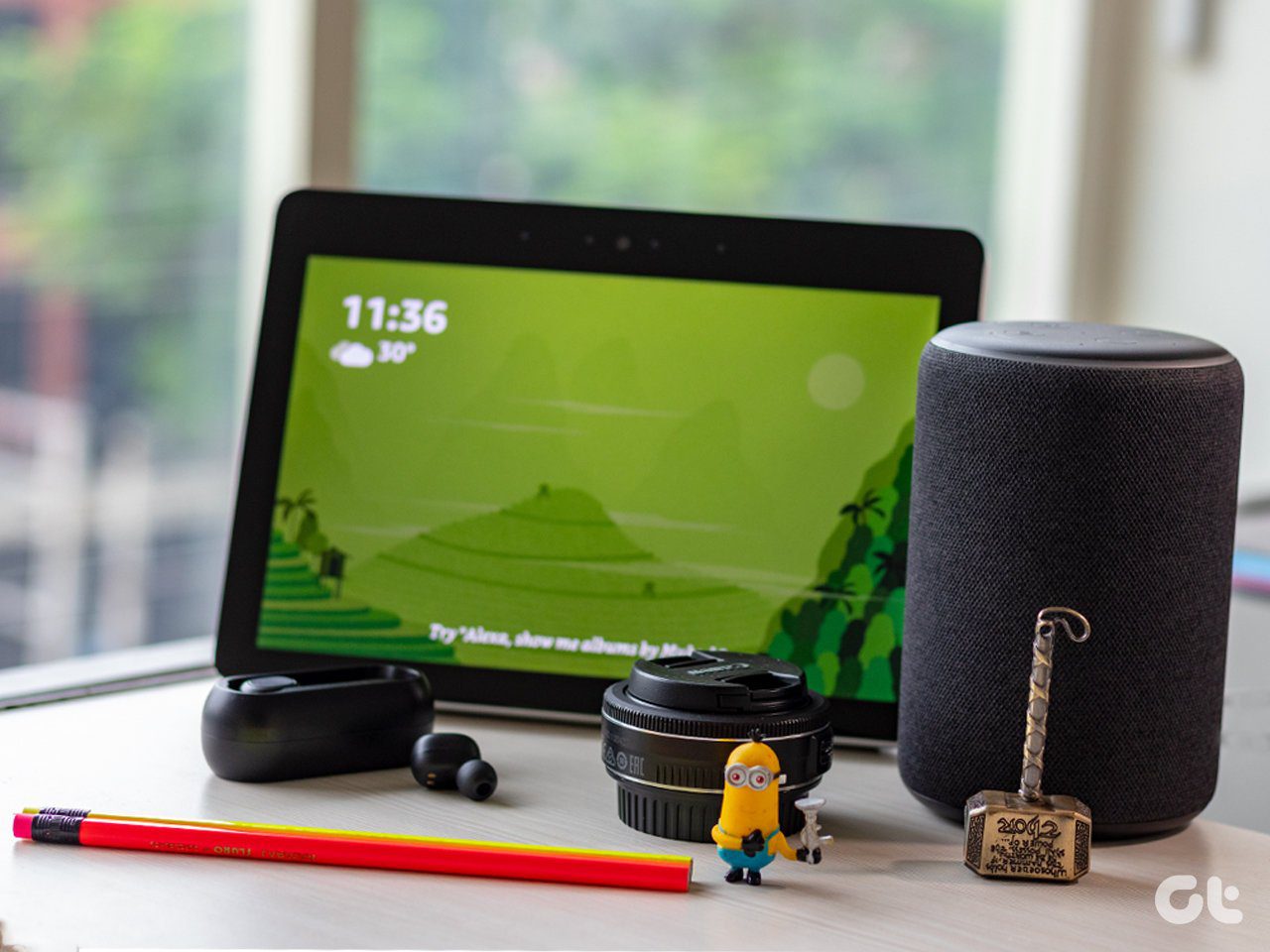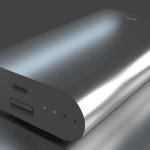Humidifiers convert water into atmospheric vapor and directly increase the humidity levels in spaces where they are used. That benefits the users by preventing some common respiratory illness, skin problems, sleep deprivation, etc. Statistics have shown that more people are picking up humidifiers in stores, and even more people would follow suit in the future. This is why we have curated this buying guide to highlight the key things to consider before buying your first (or next) humidifier.
1. Size: Room & Humidifier
The size of your humidifier plays a vital role in determining how long it would function, where to place it in your home or office, how much water it can hold, and how much mist it can disperse. Studies suggest that humidifiers help people sleep better. So if you need one for your bedroom (or any relatively small room in general), a table-top humidifier that’ll sit perfectly well on your bedside table or shelf would be ideal. For larger rooms, offices, or spaces accommodating a relatively larger number of people at a time, you might want to consider a medium or large-sized humidifier. These humidifiers (also called Console humidifiers) are usually placed on the floor because they can get too heavy for a table or a shelf. Console humidifiers also come with bigger and wider atomizer plates (the part that converts the water to vapor), so they can disperse mist quickly to multiple rooms in a building or large spaces. You should be careful while picking one for you don’t want to buy a humidifier that is too big for your room. That could lead to condensation on surfaces (e.g windows) and too much moisture in the atmosphere, which consequently promotes mold growth.
2. Tank Size
The water holding capacity of a humidifier is another important factor to take into consideration before buying one. The bigger the tank size of a humidifier, the longer it can run. Also, the less time you’d have to spend occasionally refilling it. Typically, the tanks of most small-sized humidifiers usually boast of water holding capacities between 200 – 300 ml. That usually takes about 8 – 12 hours to empty, and you might need to refill such humidifier about once or twice every day. Humidifiers with bigger tanks (say 1 – 6 Liters) can run continuously for up to 20 – 60 hours or more. This means you wouldn’t have to worry about your humidifier running out of the water and refilling multiple times in a day. Note: A big tank size doesn’t necessarily translate to a big humidifier. A humidifier could be compact and small in terms of physical size but have a pretty wide tank. Be sure to check the water holding capacity of the humidifier on the description page or the product packaging.
3. Mode of Operation and Energy Efficiency
Since you’d be running the humidifier(s) for long hours, you should also factor in how much electricity they consume. Humidifiers come in different types based on mist creation and electricity consumption.
Warm Mist Humidifiers
These types of humidifiers heat the water in the tank before converting them to warm mist/vapor. Compared to other types of humidifiers, warm mist humidifiers consume a great deal of electricity. However, they are regarded as the healthiest because they release germ-free mist; the germs are destroyed in the heating phase. If higher than usual electricity consumption isn’t a deal-breaker, you should get one of these, especially during cold/winter seasons. Some warm mist humidifiers can get a little hot during operation as a result of the heating process. If you have kids or pets around, you should keep the humidifier away from their reach. Better yet, buy a Cool Mist Humidifier.
Cool Mist Humidifiers
The Cool Mist Humidifiers do not alter the temperature of the water in the tank before dispersing it to the atmosphere. Due to that, their electricity consumption is relatively lower than warm mist humidifiers. Cool Mist humidifiers are of two different types: Ultrasonic and Evaporative humidifiers. The former utilizes a fan to push air through a wick (read: filter) while the latter uses a vibrating metal component (called Nebulizer) to create water droplets that are dispersed as mist. The fans of evaporative humidifiers could sometimes get noisy during operation, so you might want to pick up an ultrasonic humidifier for usage in the home. You don’t want a noisy humidifier disrupting your sleep at night, do you?
4. Night Light
Some humidifiers come equipped with night light as an aesthetic addition. That night light can help you sleep better at night and help you see the water level in the device tank. If you are looking to add some aesthetic spice to your home or office, get a humidifier with a night light. Some models come with multiple colors that you can easily change at the touch of a button.
5. Mist Adjustment
Some models also come with a mist adjustment knob to help you control how much mist is being dispersed to the environment. That lets you determine how fast or slow you want to raise the humidity level of a room.
6. Timer & Auto Shutdown
I’ve seen humidifiers with an auto-shutdown feature that powers the device off after running for a specified time or when the water tank is empty. I’ve also seen models without this feature. That is a great feature you should look out for before picking up a humidifier. You don’t want your humidifier operating on an empty water tank as it could damage some parts or the humidifier at large.
7. Hygrometer / Humidistat
A humidifier with a built-in hygrometer (or humidistat) would be a beautiful buy. That will enable you to know when the humidity level of your environment is low or high, so you can use or turn off the device, respectively. Some are also able to automatically begin operation whenever your home’s relative humidity level is low. You should know that humidifiers with built-in humidistat would cost you (about $5 – $20) more than regular humidifiers, but they are definitely worth it. This ultrasonic humidifier from ONSON, for example, comes with a built-in humidistat, a timer, can run for up to 30 hours on a full 4.5-liter tank, and only costs $46.99. It has 3 adjustable mist levels, which makes it suited for usage in for small and large rooms.
It All Matters
While humidifiers are generally affordable, these factors come together to determine the price you’d pay for the humidifier you buy. As usual, the bigger (physical and tank size) and better (bright light, quiet operation, humidistat, auto-shutdown, etc.), the more money you’d pay. Take your time to analyze whether your needs are in line with the factors listed above before buying for a humidifier. Next up: Humidifier and Dehumidifiers help regulate the atmospheric humidity in your environment. But how are they different and which one should you use? We answer everything in the article linked below. The above article may contain affiliate links which help support Guiding Tech. However, it does not affect our editorial integrity. The content remains unbiased and authentic.















